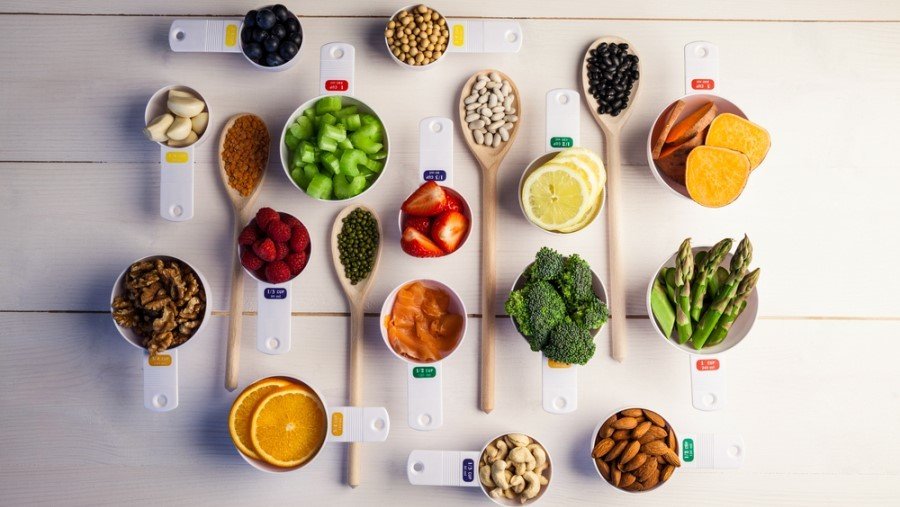Surplus Food Management in Restaurants
Food waste is a significant challenge in the restaurant industry, with large amounts of surplus food being generated daily. However, there is a growing awareness of the importance of reducing food waste and implementing sustainable practices in restaurants. Surplus food management strategies can help minimize excess food and maximize efficiency, benefiting both the environment and the bottom line. This article explores effective strategies that restaurants can adopt to better manage surplus food and reduce waste.

Menu Planning and Portion Control
Careful menu planning is crucial in minimizing surplus food in restaurants. By analyzing customer preferences and demand patterns, restaurant owners and chefs can create menus that prioritize efficiency and minimize food waste. Implementing portion control measures ensures that dishes are served in appropriate sizes, reducing the likelihood of leftover food. Providing flexible portion options and offering smaller portion sizes can help match customer preferences while reducing food waste.
Inventory Management
Effective inventory management plays a vital role in surplus food management. By accurately tracking and forecasting ingredient usage, restaurants can optimize their ordering and minimize overstocking. Regular inventory assessments help identify potential surplus items and enable proactive measures to utilize them effectively. Establishing relationships with local food banks or organizations that accept food donations can ensure that surplus food finds its way to those in need rather than being wasted.

Creative Menu Adaptation and Repurposing
Restaurants can explore creative ways to repurpose surplus food into new dishes or menu specials. By using surplus ingredients in creative recipes, chefs can transform leftovers into exciting and unique offerings. For example, leftover vegetables can be incorporated into soups, stews, or stir-fries, and day-old bread can be used to create flavorful breadcrumbs or croutons. This approach not only reduces waste but also adds diversity and innovation to the menu, enticing customers with unique culinary experiences.
Staff Training and Awareness
Engaging and training staff members on the importance of surplus food management is essential for its successful implementation. By fostering a culture of sustainability and waste reduction, staff can actively contribute to minimizing excess food. Training programs can educate employees about proper portioning, storage techniques, and the significance of avoiding food waste. Encouraging open communication and feedback from staff members can also uncover valuable insights and ideas for further improving surplus food management practices.
Composting and Organic Waste Management
For unavoidable food waste that cannot be repurposed or donated, implementing composting systems can provide an eco-friendly solution. Establishing partnerships with local composting facilities or implementing on-site composting processes enables restaurants to divert organic waste from landfills and contribute to soil enrichment. Composting not only reduces the environmental impact but also showcases the restaurant’s commitment to sustainable practices.
Wrap up
Surplus food management is a critical aspect of sustainability in the restaurant industry. By adopting effective strategies such as the ones stated above, restaurants can significantly reduce their food waste footprint. These practices not only benefit the environment by minimizing waste and conserving resources but also contribute to cost savings and operational efficiency. Embracing surplus food management in restaurants showcases a commitment to responsible practices while providing an opportunity to engage customers and promote a sustainable dining experience.


